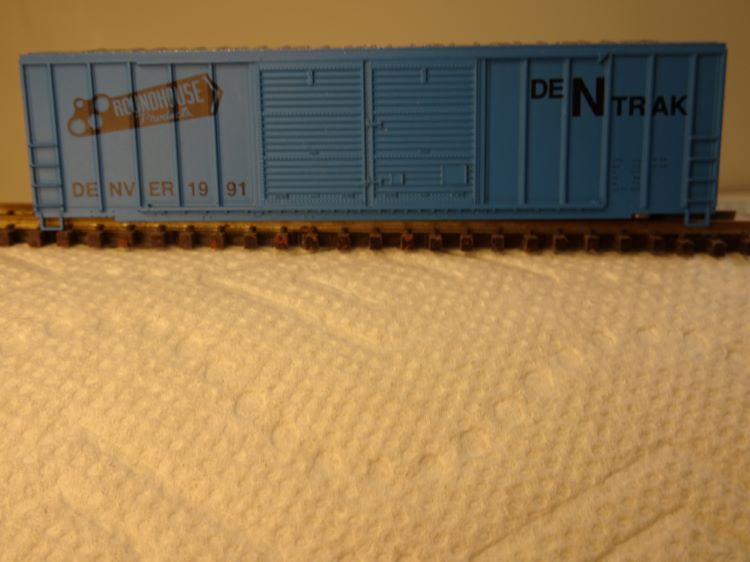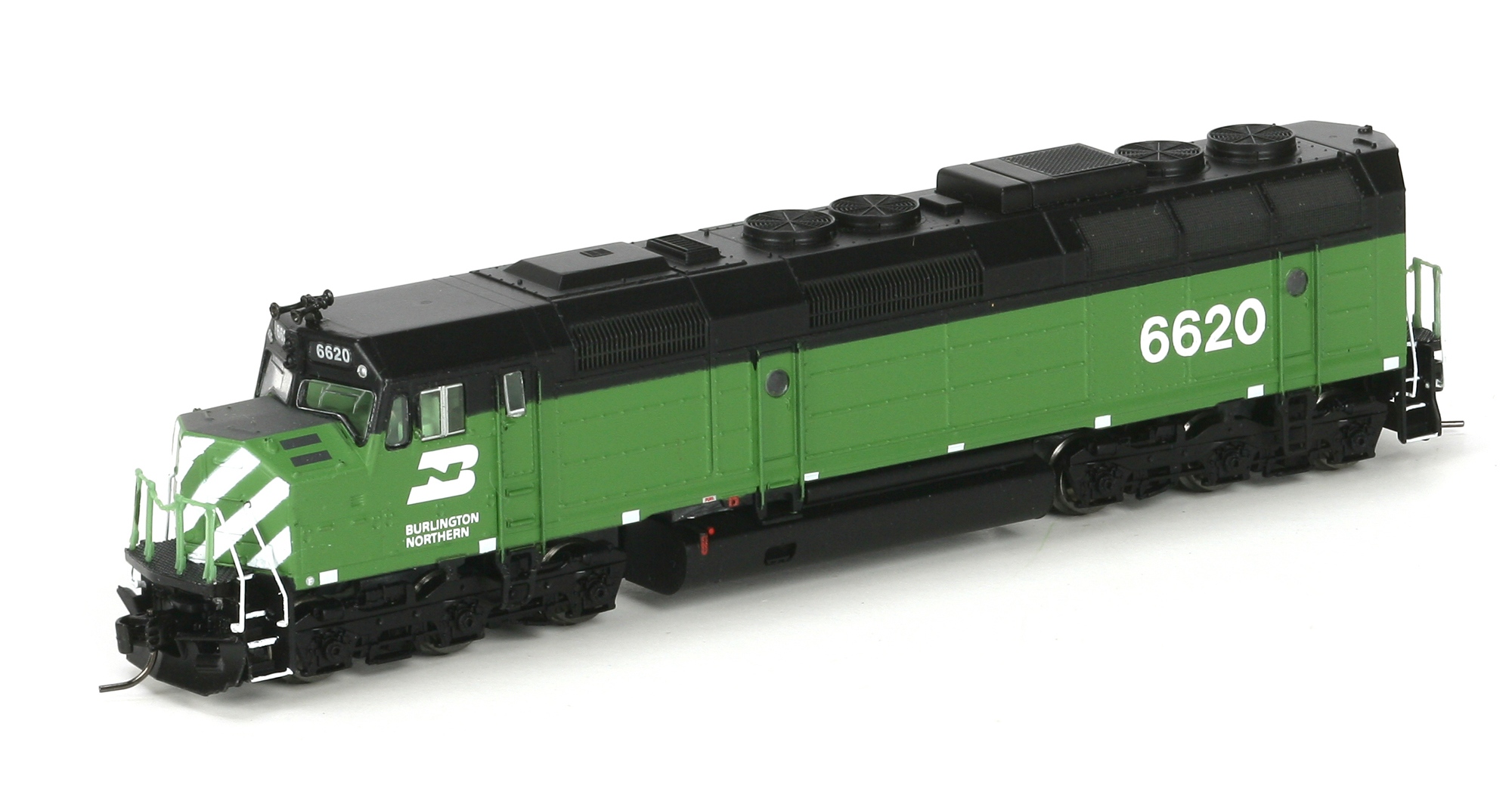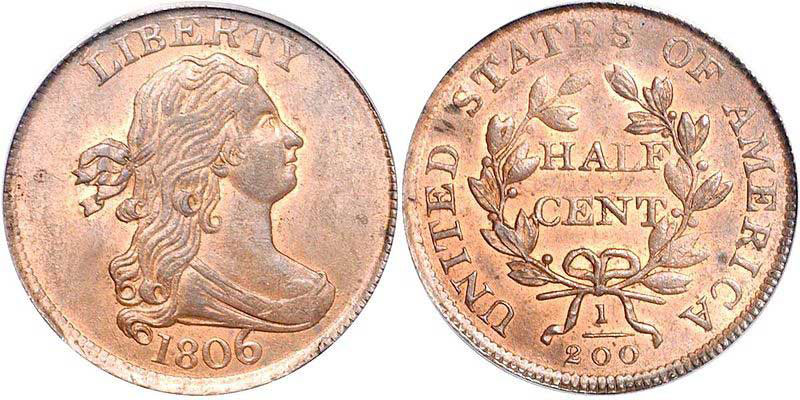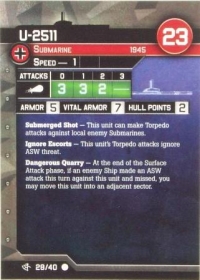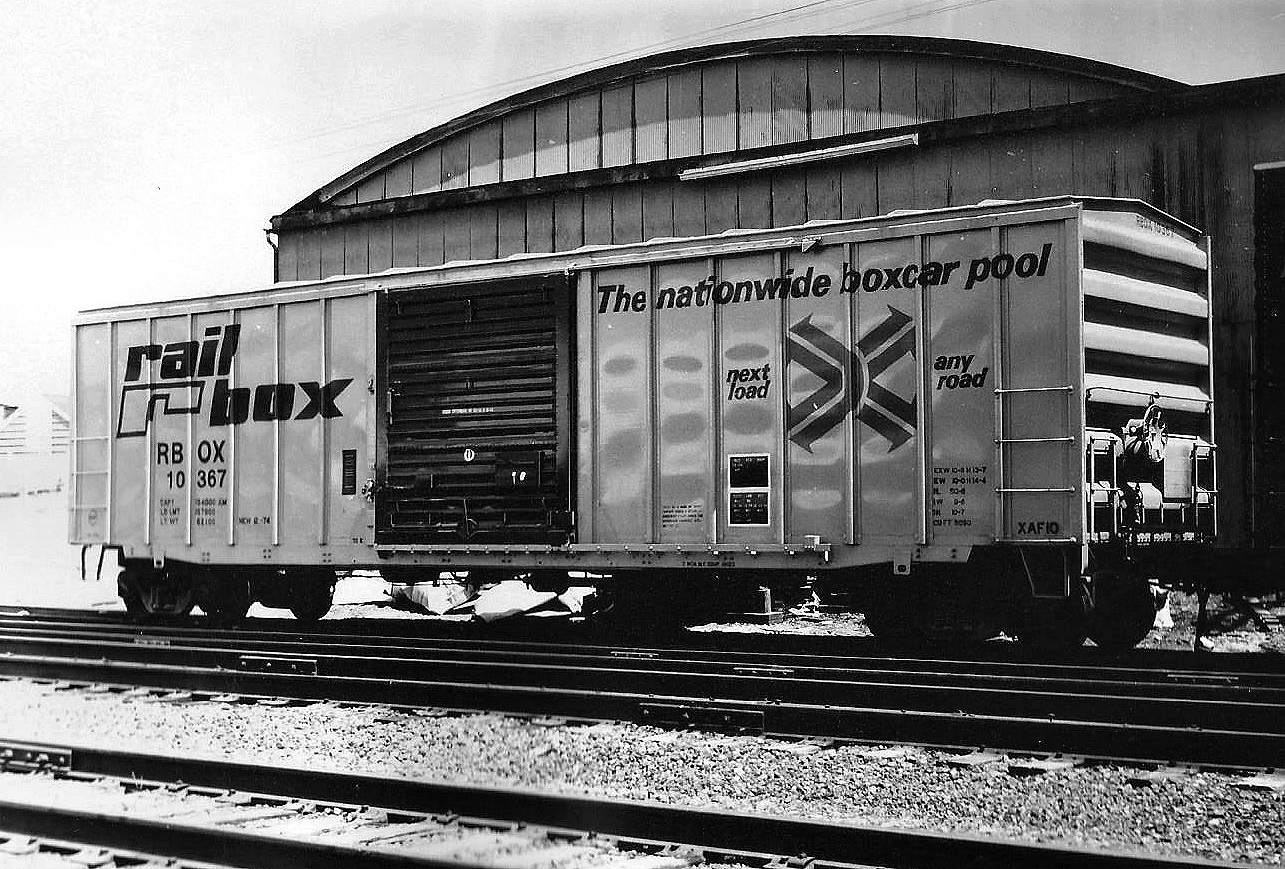Roundhouse - DenTrak 1991 - Boxcar, 50 Foot, FMC, 5077 - NTRAK - 1991
| Commissioned By | NTRAK |
| Production Type | Special Run |
| Stock Number | DenTrak 1991 |
| Brand | Roundhouse |
| Manufacturer | MDC Roundhouse |
| Body Style | MDC Boxcar 50 Foot FMC Double Door (Centered) |
| Prototype Vehicle | Boxcar, 50 Foot, FMC, 5077 (Details) |
| Road or Company Name | NTRAK (Details) |
| Reporting Marks | DENVER |
| Road or Reporting Number | 1991 |
| Paint Color(s) | Royal Blue w. Silver roof |
| Print Color(s) | Black |
| Additional Markings/Slogan | DENTRAK |
| Coupler Type | Rapido Hook |
| Coupler Mount | Truck-Mount |
| Wheel Type | Injection Molded Plastic |
| Wheel Profile | Small Flange (Low Profile) |
| Kit Complexity | Easy-Build |
| Kit Material(s) | Pewter Metal and Injection Molded Plastic |
| Announcement Date | 1991-01-01 |
| Item Category | Rolling Stock (Freight) |
| Model Type | Boxcar |
| Model Subtype | 50 Foot |
| Model Variety | FMC Double Door |
| Prototype Region | North America |
| Prototype Era | NA Era IV: 2nd Gen Diesel (1958 - 1978) |
| Scale | 1/160 |
Specific Item Information:
Special Run for the 1991 Western N Convention, Den-Trak '91, that was part of the NMRA National Convention in Denver, Colorado.
No stock number.
No stock number.
Model Information:
Boxcar, 50 Foot, Double Sliding Door, Rib Side, Without Roofwalk, FMC. This body style was acquired by Athearn from MDC Roundhouse in June of 2004.
Prototype History:
In the 1970's with the growth of the Per Diem business model, FMC produced a series of 50 foot box cars in different configurations. The single-sliding-door configuration is one of the best known and used widely by many different railroads. These cars were produced using the Gunderson metal works which FMC had acquired in 1965. In late 1975, FMC began producing a 5,077-cubic-foot Plate B box car for IPD and Railbox service. FMC's 5077s have seven panels to either side of the 10-foot door, an X-panel roof, and non-terminating ends that are slightly different from those used on FMC's earlier cars. Note how the sidesill is notched all the way back to the bolsters, a key feature of FMC's mature design.
The main difference between the 5077 cu. ft cars built by FMC vs the 5277-5347 cu. ft cars built by the same manufacturers is the overall height of the car, the smaller 5077 cars were Plate B while the larger 5277-5347 cars were Plate C. Over 4,300 cars were produced from 1975-1979 by FMC's Portland, Oregon plant. The cars were delivered in numerous colorful shortline paint schemes, as well as the nationwide car pool fleet of Railbox. Many secondhand cars were later seen in Class 1 railroads and large leasing company fleets under additional shortline reporting marks.
The main difference between the 5077 cu. ft cars built by FMC vs the 5277-5347 cu. ft cars built by the same manufacturers is the overall height of the car, the smaller 5077 cars were Plate B while the larger 5277-5347 cars were Plate C. Over 4,300 cars were produced from 1975-1979 by FMC's Portland, Oregon plant. The cars were delivered in numerous colorful shortline paint schemes, as well as the nationwide car pool fleet of Railbox. Many secondhand cars were later seen in Class 1 railroads and large leasing company fleets under additional shortline reporting marks.
Road Name History:
The NTRAK organization was founded in 1973. Its mission is to provide a set of specifications for N Scale modular layouts.
NTRAK modules are designed to bring model railroading to the public at conventions, exhibits, and shopping malls. In the past a person wanting to see model trains in operation had to seek out a club or home layout that was open to the public. These layouts were often designed for the convenience of the owners and operators, and not for public viewing. The modular layouts have the flexibility to be fitted into many different size and shape areas. They offer close up viewing and maximum train action. Long trains passing each other are always attention getters and are a feature of the NTRAK layouts. While designed for large public display layouts, the NTRAK modules are being used for home layouts and for club layouts as well. For the modeler, the NTRAK modules offer a number of advantages over a fixed layout. We are such a mobile society and the modules make it very easy to move a layout from one home to the next without destroying all the work that went into it. Our smaller homes, apartments, and mobile homes all lend themselves to N scale layouts. Persons who want to run longer trains have the opportunity to take a module to one of the many NTRAK meets during the year and to be part of a large layout. There they can run their longer trains and meet other N scale modelers.
NTRAK modules are designed to bring model railroading to the public at conventions, exhibits, and shopping malls. In the past a person wanting to see model trains in operation had to seek out a club or home layout that was open to the public. These layouts were often designed for the convenience of the owners and operators, and not for public viewing. The modular layouts have the flexibility to be fitted into many different size and shape areas. They offer close up viewing and maximum train action. Long trains passing each other are always attention getters and are a feature of the NTRAK layouts. While designed for large public display layouts, the NTRAK modules are being used for home layouts and for club layouts as well. For the modeler, the NTRAK modules offer a number of advantages over a fixed layout. We are such a mobile society and the modules make it very easy to move a layout from one home to the next without destroying all the work that went into it. Our smaller homes, apartments, and mobile homes all lend themselves to N scale layouts. Persons who want to run longer trains have the opportunity to take a module to one of the many NTRAK meets during the year and to be part of a large layout. There they can run their longer trains and meet other N scale modelers.
Brand/Importer Information:
 MDC Roundhouse was founded in California in 1938 and relocated in 1993 to Carson City, Nevada due to statewide restrictions on painting. MDC Roundhouse was a producer of both RTR (Ready-to-Run) and kit versions of N Scale rolling stock as well as RTR locomotives. They entered the N scale market in 1979 with a Thrall Hi-Side Gondola and a Hi-Cube Single Door Box Car. MDC Roundhouse was purchased by Horizon Hobbies in June of 2004, when its owner since 1938 C. H. Menteer retired, and merged into their Athearn line.
MDC Roundhouse was founded in California in 1938 and relocated in 1993 to Carson City, Nevada due to statewide restrictions on painting. MDC Roundhouse was a producer of both RTR (Ready-to-Run) and kit versions of N Scale rolling stock as well as RTR locomotives. They entered the N scale market in 1979 with a Thrall Hi-Side Gondola and a Hi-Cube Single Door Box Car. MDC Roundhouse was purchased by Horizon Hobbies in June of 2004, when its owner since 1938 C. H. Menteer retired, and merged into their Athearn line.
Unlike many of their contemporaries which contracted with European firms to produce their products, MDC made their own toolings. They made several popular body styles and produced them for road names that many other vendors (even Micro-Trains) wouldn't touch. This made them popular with modelers. Also, their un-assembled "kits" permitted a lower price point so they were popular with "runners" as well as "modelers".
Of particular interest was the attention given to modern 50 foot steel boxcars. They made some attempt to accurately mold the differences into distinct models to represent each of the major prototype manufacturers products. They have distinct toolings not only for the different products from FMC, BFF and PS, but also multiple models for each of these manufacturers including "standard" vs "Youngstown" doors and "waffle" vs. "rib" sides. In total they produced 13 different versions of the 50 foot steel boxcar.

Unlike many of their contemporaries which contracted with European firms to produce their products, MDC made their own toolings. They made several popular body styles and produced them for road names that many other vendors (even Micro-Trains) wouldn't touch. This made them popular with modelers. Also, their un-assembled "kits" permitted a lower price point so they were popular with "runners" as well as "modelers".
Of particular interest was the attention given to modern 50 foot steel boxcars. They made some attempt to accurately mold the differences into distinct models to represent each of the major prototype manufacturers products. They have distinct toolings not only for the different products from FMC, BFF and PS, but also multiple models for each of these manufacturers including "standard" vs "Youngstown" doors and "waffle" vs. "rib" sides. In total they produced 13 different versions of the 50 foot steel boxcar.
Item created by: jbeezz28
on 2019-08-09 11:38:15
Last edited by: Alain LM on 2020-06-28 04:24:03
If you see errors or missing data in this entry, please feel free to log in and edit it. Anyone with a Gmail account can log in instantly.
Last edited by: Alain LM on 2020-06-28 04:24:03
If you see errors or missing data in this entry, please feel free to log in and edit it. Anyone with a Gmail account can log in instantly.


